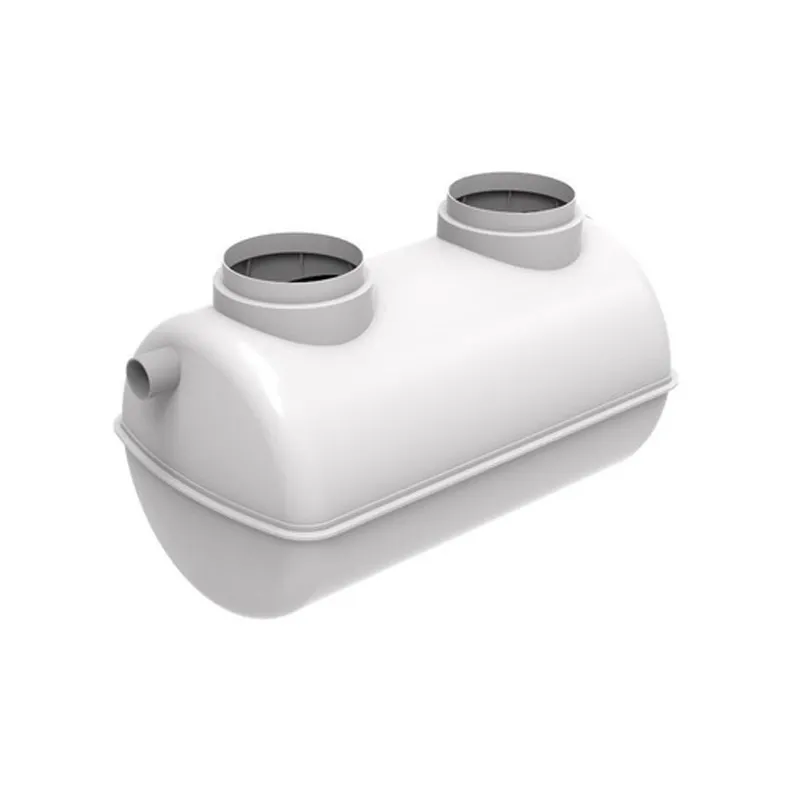Septic tanks are used to treat wastewater from homes or businesses that are not connected to a public sewer. They are used to store and treat wastewater until it is safe to be released into the environment. The two most popular types of septic tanks are plastic and concrete. Each type has its own advantages and disadvantages. This article will compare the two materials in terms of cost, installation, maintenance, and environmental impact.
Cost
The cost of installing a septic tank depends on the size, type of material, and the installation process. Plastic tanks tend to be much cheaper than concrete tanks. The cost of a plastic septic tank can range from $500 to $2,000, while a concrete septic tank can cost up to $6,000. The installation process is also much simpler and faster for plastic tanks, making them an attractive option for those on a budget.
Installation
The installation process of a septic tank varies depending on the type of material. Plastic tanks are much easier to install than concrete tanks, as they are lightweight and can be set up relatively quickly. Concrete tanks are heavier and require more time and labor to install than plastic tanks. Additionally, concrete tanks require a concrete foundation to be laid before the tank is installed, which further increases the time and cost of installation.
Maintenance
The maintenance required for a septic tank also varies depending on the type of material. Plastic tanks require less maintenance than concrete tanks, as they are not as prone to cracking or leaking. Concrete tanks are more prone to cracking or leaking and require more frequent maintenance. Additionally, concrete tanks require more frequent inspections than plastic tanks as they are more susceptible to damage.
Environmental Impact
The environmental impact of a septic tank is largely determined by the type of material used. Plastic tanks are considered to be more environmentally friendly than concrete tanks, as they are made from recyclable materials and can be disposed of in an environmentally responsible way. Concrete tanks, on the other hand, are made from non-recyclable materials and cannot be disposed of in an environmentally responsible way. Additionally, concrete tanks are more likely to leak, which can lead to contamination of the surrounding environment.
Conclusion
When considering a septic tank, plastic and concrete tanks have their own advantages and disadvantages. Plastic tanks are generally less expensive, easier to install, and require less maintenance than concrete tanks. However, concrete tanks are more durable and can last longer than plastic tanks. Ultimately, the decision on which type of tank to install will depend on a variety of factors, including cost, installation, maintenance, and environmental impact.









659.webp)
210.webp)
328.webp)

294.webp)
476.webp)


